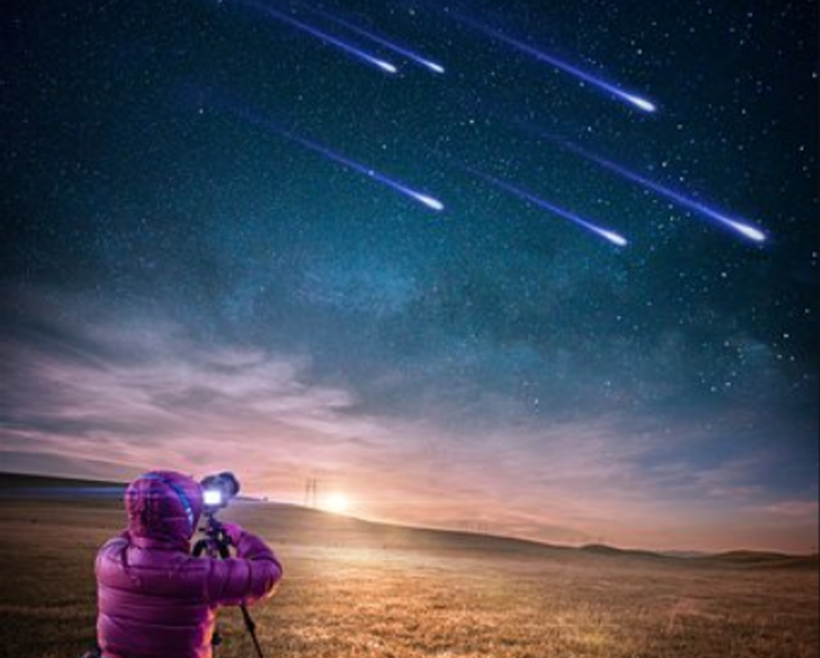
Shooting stars …messengers of good luck or harbingers of life as yet undiscovered?
It is an unwritten rule of science that extraterrestrial life cannot exist in space near earth. Even if such life exists, it cannot have a connection with our earth. The very idea that any life that exists on earth came from space and landed here is a scientific taboo. Once you announce the possibility of such an idea, you may be dismissed by the mainstream science community and your professional life is put in jeopardy!
During 1918-1920 the Spanish Flu virus dominated our planet earth. Approximately 50 ~ 100 million people died which is about 3~6% of world population at the time, further infected some 550 million or 32% of the entire world population. This was deadly. It came in two waves. The first one began in the spring of 1918 and lasted for just a few weeks. Most recovered. The second wave began in the fall of 1918. Lethal and swift it swept across the world in a very short period of time. The speed at which it traveled suggested that it was beyond the scope of a human carrier. Lau Weinstein observed:
“Although person-to-person spread occurred in local areas, the disease appeared on the same day in widely separated parts of the world. At the same time, it took days to weeks to spread relatively short distance.”
Between November 2002 and July 2003, 8422 people were known to be infected and 916 confirmed dead by SARS. It spread from Hong Kong to 37 countries around the world within weeks.
Microbes have been identified in the upper atmosphere, and though it is possible that storms, monsoons and volcanic activities can transport viruses to these regions, the mesosphere is also the first region where meteors begin to fragment, continue to travel through space and sometimes eventually fall to earth. Could these fragments or comets be carrying live microbes?
Comets were Harbingers of Doom
Professor Chandra Wickramasinghe (from Sri Lanka) states:
“All ancient civilizations, without exception, have looked upon comets with a sense of trepidation and awe. Comets were considered to be harbingers of doom, disease, and death, infecting men, contaminating crops and dispersing disease and plague. The views of ancient civilizations – Chinese, Egyptians and Indians – that laid the foundations of philosophy and science, including astronomy, should not be so easily dismissed.”
The first systematic observations of the sky are credited to the Chaldeans, who lived in the region of ancient Babylon, present day Iraq. Chinese astronomers were also fascinated by comets. They kept the most complete body of ancient observations of comets ever found, dating back to the 11th century BC. A Chinese book known as The Mawangdui Silk Texts, an almanac transcribed on silk in the fourth century BC, is the first known illustrated catalogue of comets.
But this almanac also includes details of catastrophes or disasters thought to be associated with each comet, illustrating the dread and fear once caused by these cosmic “harbingers of doom”.
My position is against the scientists’ “taboo.” Intuitive (and cumulative) data tells me that we are not alone even though clear evidence is yet to be found. If main stream scientists insist to ignore any scientist who is trying to find life outside our planet, they are making the same mistake that the Catholic Church did when it persecuted Galileo for proving that the earth moves around the sun and not the other way around as was the belief of that time. They should open their eyes and let anyone research any subject anytime. Science needs complete freedom to advance and not be shackled by arrogance.
——————————————————
